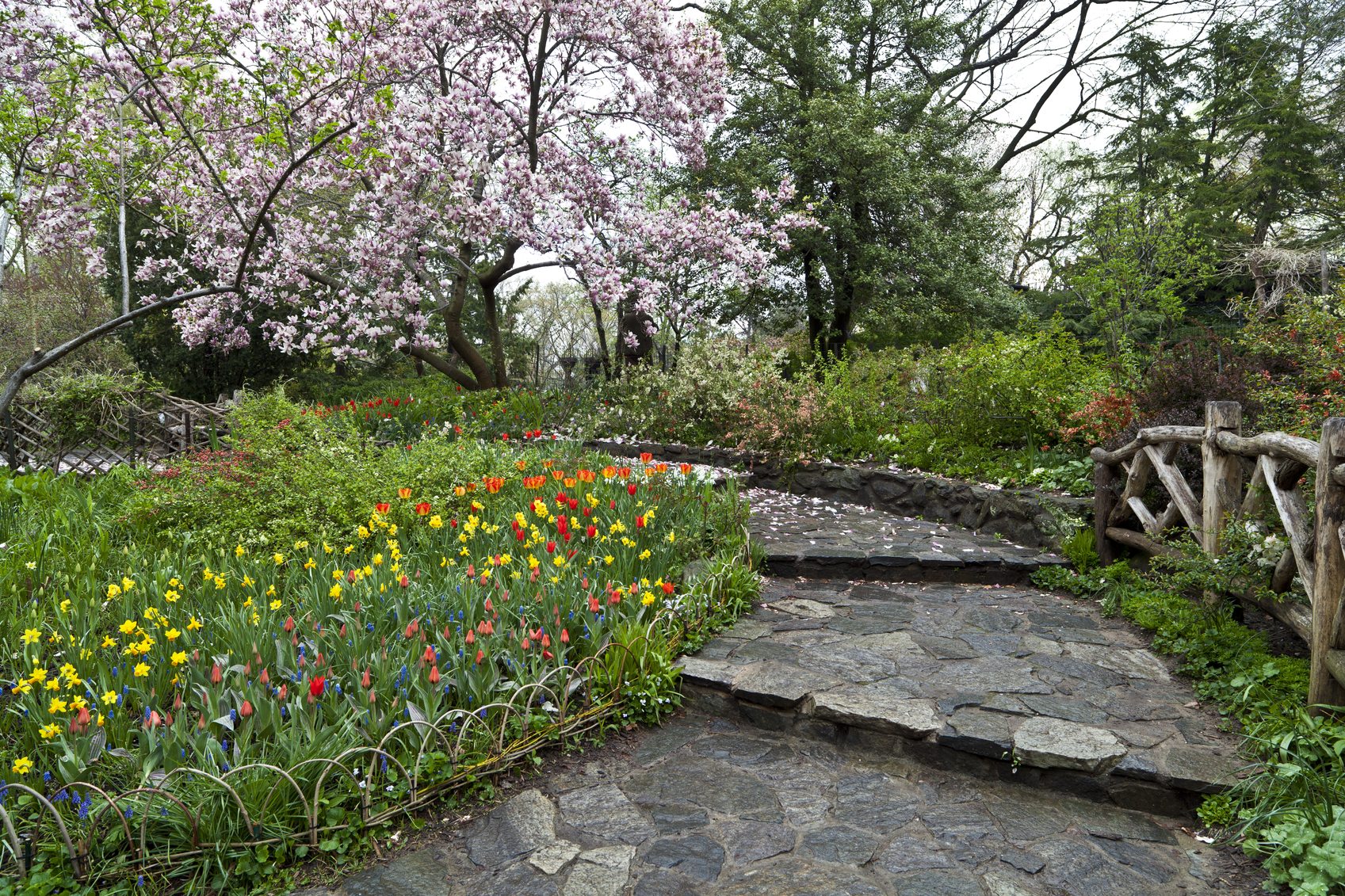Plants For A Shakespeare Garden: How To Create A Shakespeare Garden


What is a Shakespeare garden? As the name implies, a Shakespeare garden is designed to pay homage to the great English bard. Plants for a Shakespeare garden are those mentioned in his sonnets and plays, or those from the Elizabethan area. If you’re interested in visiting a Shakespeare garden, there are several across the country at city parks, libraries, or on university campuses. Many Shakespeare gardens are associated with Shakespearean festivals. In the United States, some of the largest Shakespeare gardens can be found in New York’s Central Park and Brooklyn Botanical Gardens, the Golden Gate Park in San Francisco, and the International Rose Test Garden in Portland, Oregon. Devising a Shakespeare garden design of your very own is every bit as fun as it challenging. Read on for a few tips to get you started.
How to Create a Shakespeare Garden Design
Prior to selecting plants for a Shakespeare garden, it helps to have some knowledge of Shakespeare’s plays and sonnets, which you probably already have if you’re considering a Shakespearean garden design. However, if you’re like most of us, you may have to dig into your memory banks a bit to come up with ideas. Shakespeare was an avid gardener, or so they say. It appears that he loved roses, which he mentioned at least 50 times. You can even purchase a William Shakespeare rose, a lovely burgundy rose created by an English breeder. Other plants mentioned in Shakespeare’s work include:
- Lavender
- Pansy
- Daffodil
- Hawthorn
- Crabapple
- Poppy
- Violet
- Chives
- Yarrow
- Sycamore
- Daisy
- Ivy
- Fern
- Bachelor’s button
- Chamomile
Elizabethan gardens of Shakespeare’s time tended to be formal, often divided equally into symmetrical flower beds. Beds were frequently defined and protected by a hedge or stone wall, depending on available space. However, gardens inspired by Shakespeare’s writings can also be less formal, such as a meadowor woodland garden, with deciduous or fruit trees to provide shade. Most public Shakespeare gardens include placards or stakes with the name of the plant and the associated quote. Other common features are garden benches, sundials, concrete urns, brick pathways and, of course, a statue or bust of the world’s greatest playwright.
Gardening tips, videos, info and more delivered right to your inbox!
Sign up for the Gardening Know How newsletter today and receive a free copy of our e-book "How to Grow Delicious Tomatoes".

A Credentialed Garden Writer, Mary H. Dyer was with Gardening Know How in the very beginning, publishing articles as early as 2007.
-
 Creative Ideas For Plant Containers: 7 Ways To Save Money And Add Charm To A Garden
Creative Ideas For Plant Containers: 7 Ways To Save Money And Add Charm To A GardenIf you are looking for great ways to add personality to your container gardening – and even save yourself some money – then try these creative ideas for plant containers
By Mary Ellen Ellis
-
 How To Make A Bouquet Garni Or Herb Bundle For Cooking
How To Make A Bouquet Garni Or Herb Bundle For CookingIf you’re a great cook, you may have made an herb bundle before. If this is a new idea, learn how to add sparkle and interest to your dish with a bouquet garni.
By Amy Grant